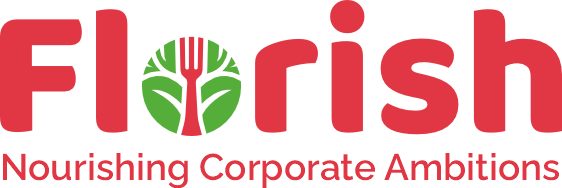
Level IV recovery homes tend to have a more institutional building framework. Halfway houses fall under the umbrella term “sober living home,” as both terms refer to residences where people in recovery stay before going back to living on their own, says Dr. Kennedy. Read on to learn more about sober living houses, including how they function, whether one may be right for you or a loved one and how to find a reputable facility in your area.
What Happens if You Relapse in a Sober Living Home?
Lastly, there is a myth that sober living homes are only for those who can afford it. While some sober living homes can be costly, there are also many affordable options available. Many sober living homes also offer financial assistance or accept insurance to make their services more accessible to those in need.

Our Sober Living Facility Reviews
As for the cost, one should note that compared to rehab centers, the cost of a sober living house is quite reasonable. This is because inpatient rehab centers are relatively expensive and very intensive with medical and therapeutic services. In contrast, homes offering a supportive environment with a drug-free attitude and minimal medical services, such as those provided by Archway Recovery Homes, are much more economical.
Applying for Non-Profit and Charitable Assistance
One common misconception is that sober living homes are only for those who have recently completed a rehab program. However, sober living homes can be beneficial for anyone who is committed to maintaining sobriety and needs a structured and supportive environment to do so. While a sober living house doesn’t offer individual or group counseling, it offers structure and support to help you maintain your sobriety.
- The offers that appear on this site are from third party advertisers from which Acorn Finance receives compensation.
- Oxford Houses are self-run, democratic sober living homes for individuals recovering from alcohol and drug addiction.
- Wrapping up, if you’re taking this vital step on your path to recovery, knowing exactly how much does sober living cost is essential.
- California, however, is leading the way in regulating these facilities, so they do not discriminate, are not discriminated against, and maintain good health and safety standards for residents.
- Dr. Kennedy also suggests touring the home and asking to speak with current residents or alumni.
That can be a good time to get to know future roommates and decide whether that particular house is best for you. An American Journal of Public Health study compared individuals who lived in a sober living home to those who only received outpatient treatment or attended self-help groups. Residents may first move into homes with high levels of support and then transition to homes with lower levels of support. A 2006 study published in the American Journal of Public Health found that most Oxford House residents stayed more than a year, but some residents stayed more than three years. Establishing a sober lifestyle is difficult during the early stages of recovery. You need somewhere safe you can go after treatment, a place where you’ll be free of triggers and surrounded by social support.
Should You Go to a Sober Living House?
“If there’s not a ‘perfect’ fit, you may still benefit from the structure, support and monitoring that a sober living house provides until you feel more confident in your sobriety,” says Dr. Kennedy. The real estate website Zillow offers advice on mortgages for a sober living home and covering costs with rent. Average rent for a four-bedroom sober living home, for example, should be $900 per room per month, which may legally be broken down into two people per bedroom (dorm-style) for $450 per month per person. This example is a home in Laguna Hills, California, a popular Southern California suburb. This means that some sober living homes have low rents, like $450 a month, while some sober living homes in popular areas have notoriously high rents.
What Services and Amenities Are Included in the Cost of Staying at a Sober Living Home?

Sober living homes, also known as recovery housing or halfway houses, are structured living environments for individuals who are in the process of recovering from substance use disorders. These residences serve as a bridge between formal treatment programs and mainstream society, providing a supportive and substance-free space that fosters continued sobriety. Residents typically have completed a rehabilitation program and are expected to abstain from alcohol and drug use while living in these homes.
Navigating NYE Celebrations with Sobriety

The National Alliance for Recovery Residences is one of the largest associations of sober living homes in the United States. It developed four levels of support that can be used to characterize most sober living Sober Living for Women homes. As part of a comprehensive addiction treatment plan, recovery housing like Oxford Houses can play a crucial role in helping individuals stay in treatment and maintain their sobriety.
Sober living homes are meant to be safe, supportive environments that emphasize the importance of building a community and camaraderie with others. Individuals typically enter an SLH after being discharged from a clinical treatment center before returning to their previous home and routine. American Addiction Centers offers two sober living programs at the Oxford Treatment Center in Mississippi and the Greenhouse Treatment Center in Texas. Admissions navigators are available 24/7 at these treatment centers and all AAC facilities to answer any questions about sober living, verifying insurance benefits, or other addiction recovery needs. Call today and find out how sober living housing may benefit your recovery journey. If you or a loved one are pursuing addiction recovery, sober living housing could be the next step on your journey.
